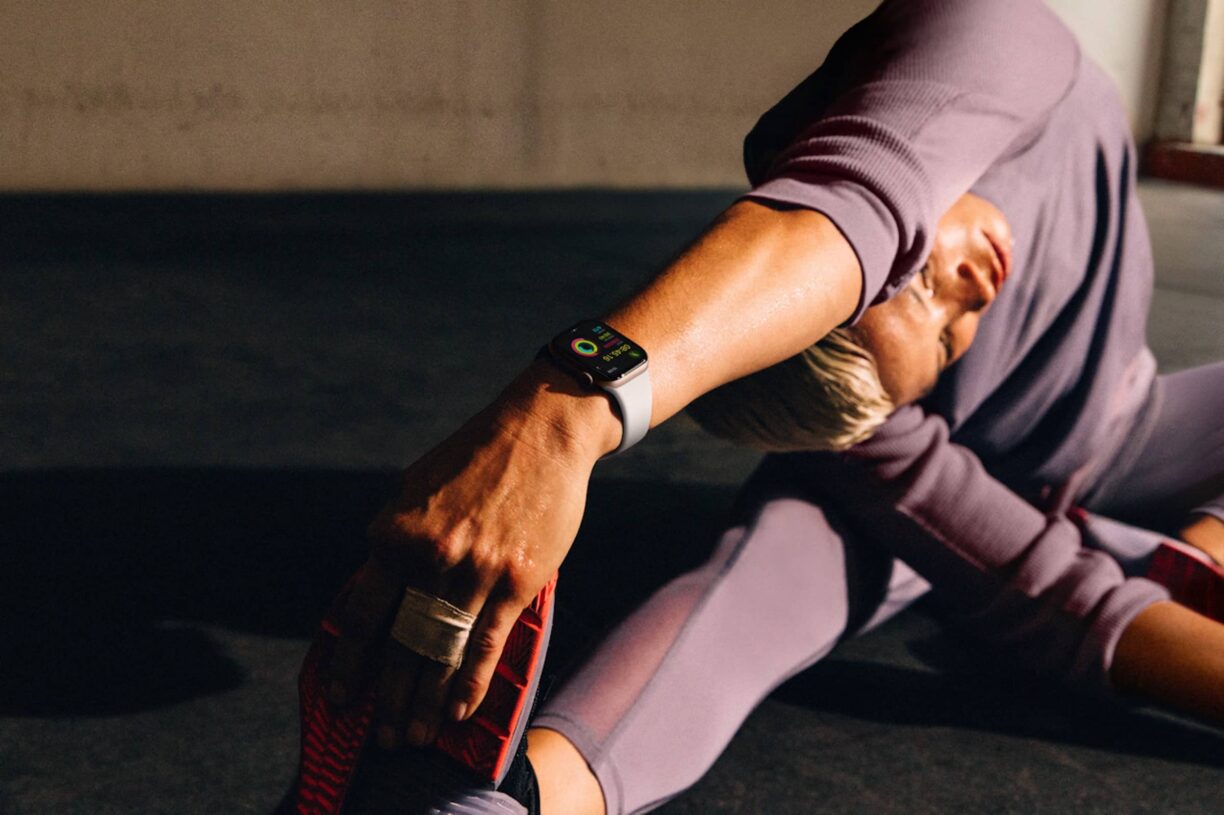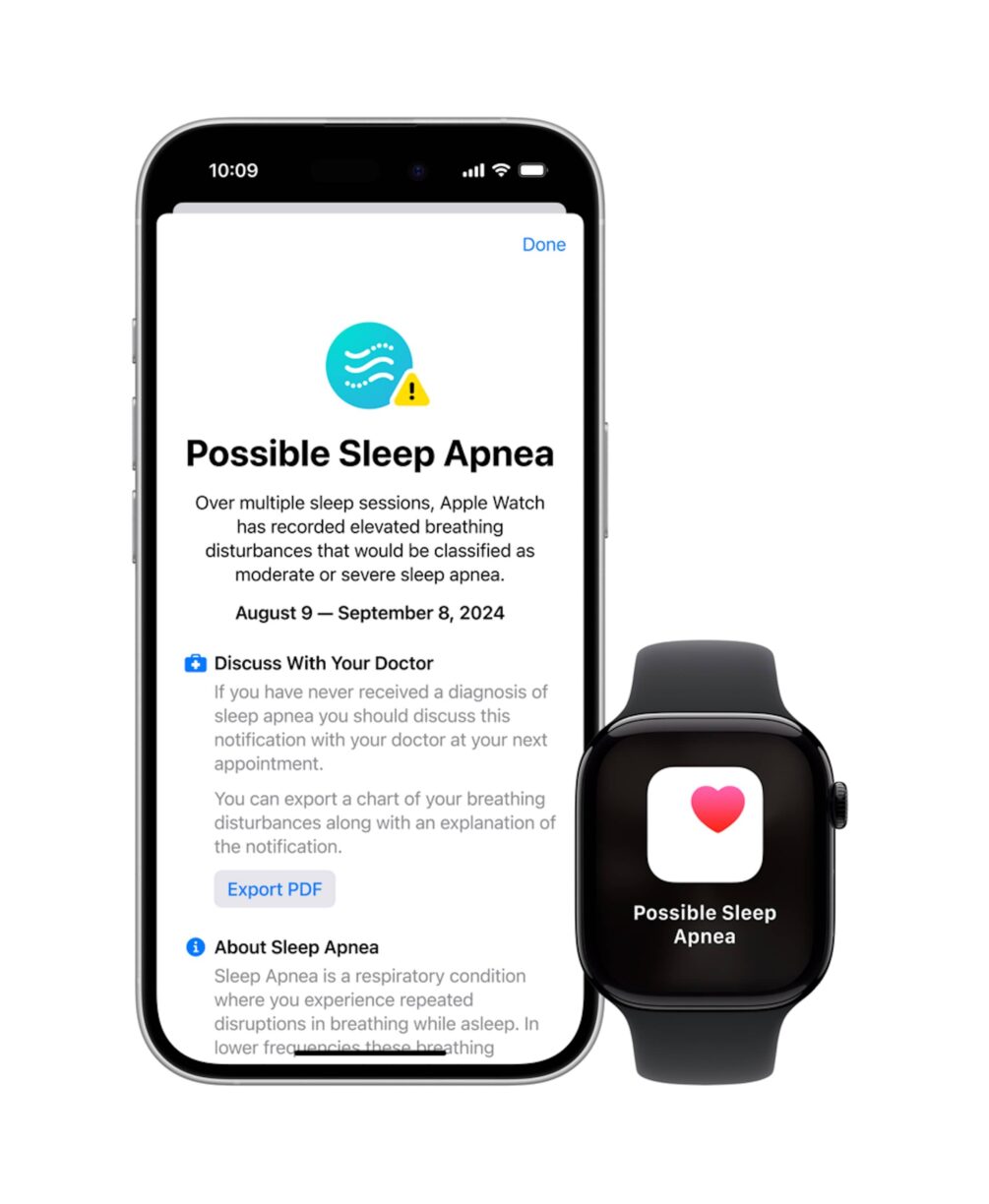Curious about tracking your health more closely each day? The Apple Watch Vitals app might be just the app you never knew you needed.
From monitoring heart rate and respiratory rate to spotting changes in wrist temperature and blood oxygen levels, it shines a spotlight on those all-important overnight metrics—so you can make better-informed decisions when morning arrives.
It’s surprisingly simple: each night, Apple Watch collects a range of data including heart rate, respiratory rate, wrist temperature, blood oxygen, and sleep duration.
Then, the app breaks down that data, flags unusual readings, and—if two or more metrics fall out of your typical range—sends you a notification explaining how shifts in these measures could be tied to everything from a change in altitude to an evening glass of wine or even the start of a cold.
TIP: Make sure to juice up your watch before bed. On Apple Watch Series 10, you can power up to 80 percent in around half an hour.
That means just 15 minutes on the charger often buys you up to eight hours of normal daily use—or eight minutes of charging for about eight hours of sleep tracking.
Wrist Temperature and Ovulation Estimates
Ever wondered how your wrist temperature might reveal more about your body? Apple Watch measures it automatically overnight.
A variety of things—from diet and exercise to illness—can make your temperature fluctuate, which is why this metric can be a helpful indicator of general wellness.
For those using Cycle Tracking on Apple Watch Series 8 or later, there’s a further bonus: retrospective ovulation estimates.
By drawing on nighttime wrist temperature data, your watch can suggest when ovulation likely occurred, giving a boost to the accuracy of period predictions.
TIP: Don’t forget to enable Sleep Focus for nighttime tracking—those temperature insights only show up when sleep tracking is turned on.
State of Mind

Physical health often hogs the spotlight, but mental wellbeing matters just as much. Now, you can quickly log momentary emotions and daily moods right on your wrist.
In the Health app, you’ll find insights into how your mood may connect to factors like how long you slept, how much daylight you saw, or whether you squeezed in a mindfulness session.
TIP: For a more in-depth reflection, try the Journal app on your iPhone. Time spent journaling will register as mindful minutes, so you get a clear picture of how writing affects your state of mind.
Time in Daylight
Spending time outdoors can do wonders for both body and mind. Apple Watch uses its ambient light sensor to approximate how many minutes of daylight you soak up each day.
TIP: Even just 20 minutes in the sunshine can offer noticeable health benefits. If you’re tracking mood changes, check the State of Mind app to see how that extra burst of daylight might be lifting your spirits.
Sleep Apnea Notifications Feature

If you’re one of the many people who wonder about the quality of their rest, Apple Watch now looks out for breathing disturbances overnight. Should it detect signs that point to moderate or severe sleep apnea, you’ll receive a heads-up.
TIP: Even if you don’t get a notification, the Breathing Disturbance data can still help you gauge how restful your sleep was.
All in all, the Apple Watch Vitals app and these related features underscore just how personal health tracking has become.
By combining easy-to-read data, meaningful insights, and handy notifications, your watch is now more than just a smartwatch—it’s a round-the-clock health companion on your wrist.





